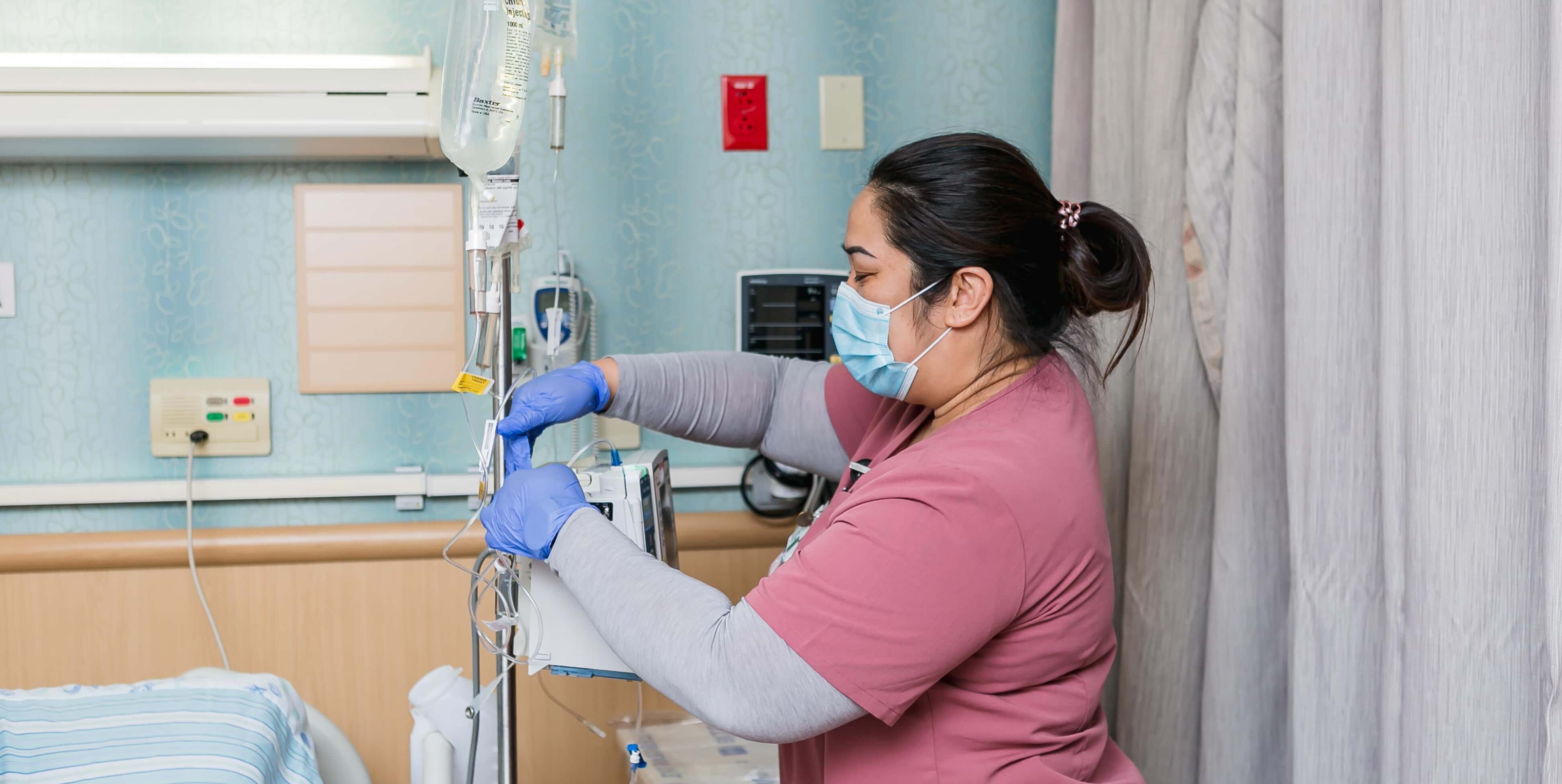
Caring for Someone with COVID-19 at Home
Caring for someone with COVID-19 at home
Most people who get sick with COVID-19 will have only mild illness and should recover at home.* Care at home can help stop the spread of COVID-19 and help protect people who are at risk for getting seriously ill from COVID-19.
COVID-19 spreads between people who are in close contact (within about 6 feet) through respiratory droplets produced when an infected person coughs or sneezes.
If you are caring for someone at home, monitor for emergency signs, prevent the spread of germs, treat symptoms, and carefully consider when to end home isolation.
*Note: Older adults and people of any age with certain serious underlying medical conditions like lung disease, heart disease, or diabetes are at higher risk for developing more serious complications from COVID-19 illness and should seek care as soon as symptoms start.
Monitor the person for worsening symptoms. Know the emergency warning signs.
- Have their healthcare provider’s contact information on hand.
- If they are getting sicker, call their healthcare provider. For medical emergencies, call 911 and notify the dispatch personnel that they have or are suspected to have COVID-19.
If you develop emergency warning signs for COVID-19 get medical attention immediately. Emergency warning signs include*:
- Trouble breathing
- Persistent pain or pressure in the chest
- New confusion or inability to arouse
- Bluish lips or face
*This list is not all inclusive. Please consult your medical provider for any other symptoms that are severe or concerning.
Prevent the spread of germs when caring for someone who is sick.
-
Have the person stay in one room, away from other people, including yourself,
as much as possible.
- If possible, have them use a separate bathroom.
- Avoid sharing personal household items, like dishes, towels, and bedding
- If facemasks are available, have them wear a facemask when they are around people, including you.
- It the sick person can’t wear a facemask, you should wear one while in the same room with them, if facemasks are available.
- If the sick person needs to be around others (within the home, in a vehicle, or doctor’s office), they should wear a facemask.
- Wash your hands often with soap and water for at least 20 seconds, especially after interacting with the sick person. If soap and water are not readily available, use a hand sanitizer that contains at least 60% alcohol. Cover all surfaces of your hands and rub them together until they feel dry.
- Avoid touching your eyes, nose, and mouth.
-
Every day, clean all surfaces that are touched often, like counters, tabletops,
and doorknobs
- Use household cleaning sprays or wipes according to the label instructions.
-
Wash laundry thoroughly.
- If laundry is soiled, wear disposable gloves and keep the soiled items away from your body while laundering. Wash your hands immediately after removing gloves.
- Avoid having any unnecessary visitors.
- For any additional questions about their care, contact their healthcare provider or state or local health department.
Provide symptom treatment
- Make sure the sick person drinks a lot of fluids to stay hydrated and rests at home.
- Over-the-counter medicines may help with symptoms.
- For most people, symptoms last a few days and get better after a week.
When to end home isolation (staying home)
-
People with COVID-19 who have stayed home (are home isolated) can stop
home isolation under the following conditions:
-
If they will not have a test to determine if they are still contagious, they can leave home after these
three things have happened:
-
They have had no fever for at least 72 hours (that is three full days of
no fever without the use medicine that reduces fevers)
AND -
other symptoms have improved (for example, when their cough or shortness
of breath have improved)
AND - at least 10 days have passed since their symptoms first appeared
-
They have had no fever for at least 72 hours (that is three full days of
no fever without the use medicine that reduces fevers)
-
If they will be tested to determine if they are still contagious, they can leave home after these
three things have happened:
-
They no longer have a fever (without the use medicine that reduces fevers)
AND -
other symptoms have improved (for example, when their cough or shortness
of breath have improved)
AND - They received two negative tests in a row, 24 hours apart. Their doctor will follow CDC guidelines.
-
They no longer have a fever (without the use medicine that reduces fevers)
-
If they will not have a test to determine if they are still contagious, they can leave home after these
three things have happened:
Source: Centers for Disease Control, National Center for Immunization and Respiratory Diseases (NCIRD), Division of Viral Diseases
